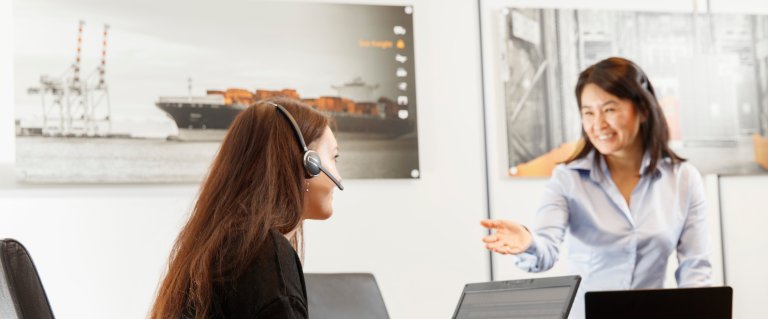Control tower logistics
What is a control tower?
-
a seamless coordination across departments, countries and suppliers
-
an expert group that manages, drives and further develops the supply chain and product flow for your business
-
a central information centre with an overview of all data, to easily address opportunities and risks
-
it identifies all possibilities and synergies to optimise combinations in the flow of goods and reduce cost
How to build a control tower?
-
a control tower should be established and defined as an own operational function
-
logistics experts are pulled in and working in teams with the company’s key people
-
the team should consist of people with
-
background from supply chain and flow of goods
-
background from the transport industry
-
BI competence – improvements in operational work
-
3PLThird Party Logistics
A company's use of a third-party to outsource its distribution, warehousing or other services background -
IT background who can exchange data between the parties
-
-
outsourcing of control tower functions provides great flexibility and access to expert competence at all times
-
full control of the real-time supply chain can prevent potential problems from happening
-
provides a visible and transparent supply chain
-
full overview and flexible opportunities for dynamic planning, resource allocation and routine setup
-
full control with GPS tracking, distribution systems and inventory management
-
-
contributes to document all stages in a supply chain
-
all cargo movements are registered and documented through operational logs, order and billing history, for analysis, overview and control
-
generate reports that show total costs, broken down to single products
-
-
-
the analysis documents the supply chain in real-time and gives a solid base to see potential improvement areas
-
make prognoses that provide predictability down to the daily operational level, and estimated time of arrivals
-
predictable supply chain costs and demand
-
-
-
simplifies operation and control at all stages, in the supply chain
-
inventory management
-
distribution
-
port and container management
-
billing
-
-
-
-
a control tower allows you to work in real-time with real-time data
-
centralised and clear responsibilities for costs, quality and implementation
-
transparent system and real-time data provide the basis for right decisions based on facts
-
-
-
lower logistics costs
-
less inventory
-
improvements in time and punctuality in the supply chain
-
reliability
-
.png)
